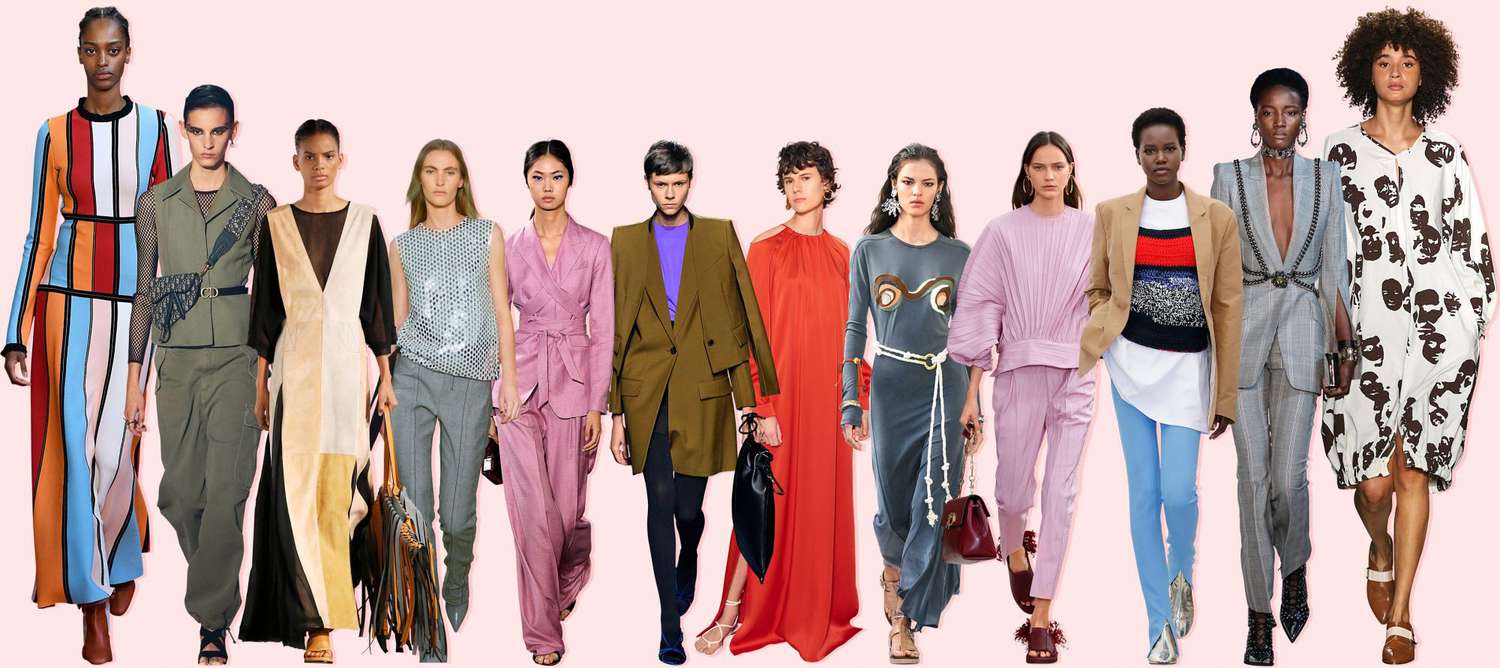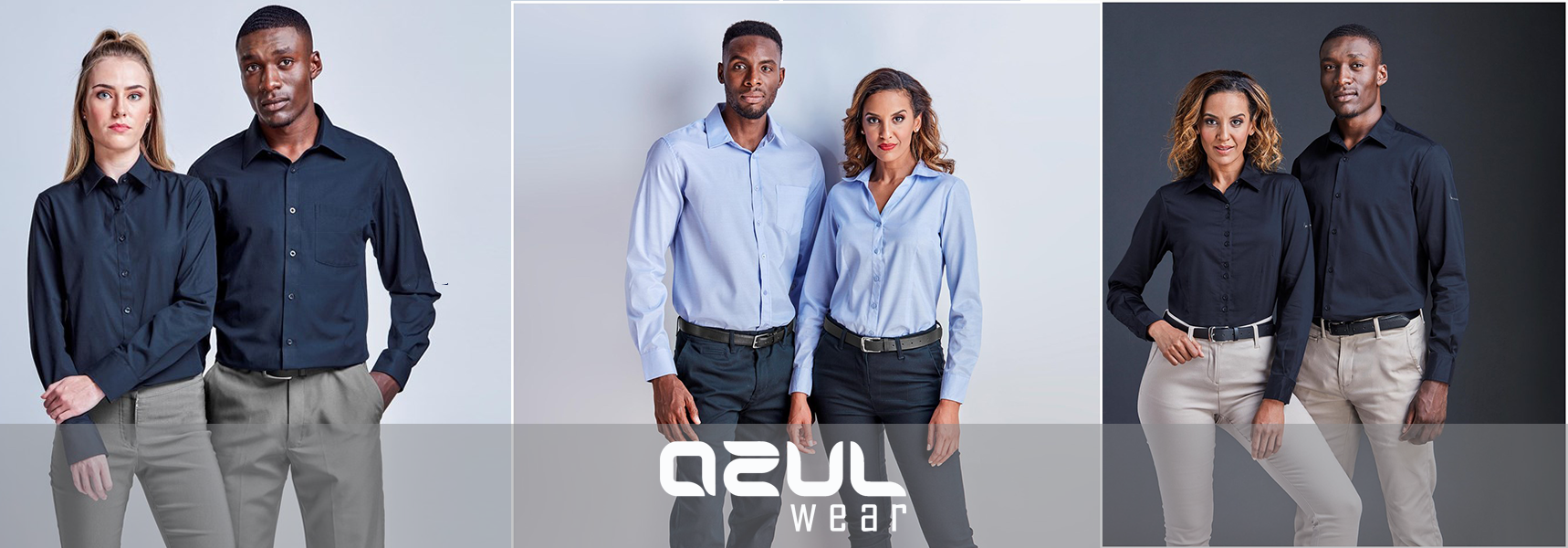Comprehending Clothing: The Value of Fabric Selections in Your Wardrobe
The choice of material in clothes plays a crucial role in both appearances and capability. Different materials provide varying levels of comfort, sturdiness, and breathability, straight affecting the wearer's experience. Comprehending these subtleties can boost one's wardrobe markedly. Several overlook exactly how these selections can affect not simply individual style, however additionally sustainability. What material choices could redefine your closet and straighten it with both design and responsibility?
The Role of Textile in vogue and Performance

Typical Material Types and Their Characteristics
When picking apparel, comprehending the attributes of common fabric types is vital for making educated choices. Cotton, a widely-used natural fiber, is recognized for its breathability, flexibility, and softness, making it ideal for sportswear and daily garments. Linen, another natural alternative, boasts exceptional moisture-wicking buildings and a distinct structure, perfect for cozy climates.Wool, frequently preferred for its warmth and sturdiness, varies in fineness; merino woollen is soft versus the skin, while coarser types are used for outerwear. Synthetic fabrics like polyester and nylon supply longevity and resistance to creases, making them prominent for activewear and traveling garments. Lastly, blends, which integrate synthetic and natural fibers, can enhance functionality while preserving convenience. By identifying these material attributes, individuals can select clothes that aligns with their lifestyle and visual preferences.
Breathability and Comfort: Selecting the Right Fabrics for Various Environments
Choosing the appropriate materials for numerous environments can greatly enhance comfort and overall wearability. Breathable products are essential in hot climates, as they enable air circulation and moisture dissipation. Fabrics such as cotton, bed linen, and moisture-wicking synthetics efficiently draw sweat away from the body, maintaining the user cool and completely dry. Conversely, in cooler climates, thicker materials like woollen or fleece offer insulation while keeping breathability, making sure warmth without overheating.Additionally, the selection of textile weight plays a vital duty; light-weight textiles are better for summertime, whereas much heavier alternatives are fit for winter wear. Recognizing the special residential or commercial properties of each fabric enables individuals to dress properly for varying weather conditions. Inevitably, choosing comfortable and breathable materials customized to particular environments can greatly boost daily comfort and boost the general experience of wearing apparel.
Sturdiness and Treatment: Exactly How Material Affects Durability of Your Closet
Selecting the best products can considerably influence the resilience and treatment needs of a wardrobe. Fabrics such as cotton and polyester are known for their durability and simplicity of upkeep, making them optimal for everyday wear. On the other hand, fragile materials like silk and shoelace require even more mindful handling and specialized cleansing methods, which can enhance the moment and effort required for care. Branded Clothing.Durability is likewise influenced by the textile's weave and surface; snugly woven materials often tend to stand up to wear and tear better than freely woven alternatives. Additionally, artificial blends usually provide boosted durability, combining the very best high qualities of several fibers.Understanding the treatment directions for every material is necessary, as improper drying or cleaning can lead to early wear. Inevitably, selecting sturdy products can result in a longer-lasting wardrobe, reducing the frequency of substitutes and contributing to a much more sustainable fashion option
The Effect of Fabric on Fit and Silhouette

Sustainable Textile Options: Making Eco-Friendly Decisions
The effect of fabric Source prolongs past fit and silhouette to encompass ecological factors, prompting a growing interest in lasting fabric options. Environment-friendly fabrics, such as natural cotton, hemp, and Tencel, are getting grip among customers who prioritize sustainability in their closets. These materials are commonly generated with less chemicals and water, minimizing their ecological footprint.Additionally, recycled materials, made from post-consumer waste, provide an ingenious option to the fabric market's contamination trouble. Brands increasingly accept openness in their sourcing methods, permitting customers to make enlightened choices regarding their purchases.Choosing sustainable materials not only sustains ethical methods yet likewise urges the garment industry to adopt more accountable production methods. As recognition of environmental issues climbs, individuals are urged to assess the long-lasting influence of their fabric choices, promoting a motion towards a much more sustainable and eco aware method to fashion.
Boosting Style: Just How Fabric Can Change an Outfit
While lots of may focus on shade and cut when picking an attire, the option of material plays an essential duty in boosting design and boosting general look. Various products communicate unique state of minds and messages; for example, silk exhibits high-end and class, while jeans provides a laid-back, unwinded ambiance. The texture and drape of a material can considerably change the silhouette, with organized textiles providing a polished look and softer ones developing a much more fluid, kicked back aesthetic.Moreover, the weight of the fabric affects wearability across periods. Lightweight textiles like bed linen and cotton are perfect for summer season, while heavier products such as woollen and velour offer warmth and elegance in chillier months. Recognizing textile residential properties, such as breathability and stretch, also empowers individuals to make enlightened choices that boost convenience without endangering style. Ultimately, the ideal material can transform an outfit from normal to amazing, making it a crucial factor to consider in any kind of wardrobe.
Often Asked Concerns
Just how Do I Identify the Textile Web Content of My Garments?
To identify fabric content, one can examine treatment tags, conduct burn tests for fiber identification, or consult material examples. These approaches aid separate materials, ensuring informed click to find out more choices for apparel treatment and upkeep in daily wear.
Can Material Selection Affect My Mood or Self-confidence?
Fabric option can substantially influence an individual's mood and confidence. Branded Clothing. Certain products might evoke feelings of convenience or sophistication, while others can feel restrictive or uncomplimentary, eventually influencing self-perception and emotional well-being throughout the day
What Fabrics Are Finest for Delicate Skin?
For people with delicate skin, natural fabrics like linen, cotton, and bamboo are often advised. useful site These products are breathable, hypoallergenic, and much less most likely to create irritation, making them ideal choices for convenience and skin health and wellness.
Just how Do I Appropriately Clean and Treatment for Different Fabrics?
To properly clean and care for various fabrics, one need to take into consideration each material's specific needs, consisting of temperature level settings, cleaning agents, and drying methods, ensuring longevity and keeping the textile's original top qualities for suitable use.
Are There Particular Fabrics for Athletic or Performance Put On?
Sports or performance wear often utilizes materials such as spandex, polyester, and nylon. These products are created for moisture-wicking, breathability, and versatility, enhancing activity and convenience throughout physical tasks while giving sturdiness and assistance. Alternatively, in colder environments, thicker materials like wool or fleece provide insulation while retaining breathability, making sure heat without overheating.Additionally, the option of fabric weight plays a crucial duty; lightweight textiles are better for summer, whereas larger alternatives are suited for winter months wear. In comparison, fragile materials like silk and shoelace require even more cautious handling and specialized cleansing approaches, which can raise the time and effort needed for care.Durability is likewise affected by the fabric's weave and finish; firmly woven materials have a tendency to stand up to wear and tear far better than loosely woven options. In comparison, rigid textiles can restrict motion however offer a timeless, sleek look.Moreover, the thickness and texture of the material can influence the aesthetic perception of body form. The impact of material expands past fit and shape to encompass ecological aspects, motivating an expanding passion in sustainable material choices. The appearance and drape of a fabric can substantially modify the shape, with organized textiles providing a sleek look and softer ones producing a more fluid, kicked back aesthetic.Moreover, the weight of the material influences wearability across periods.